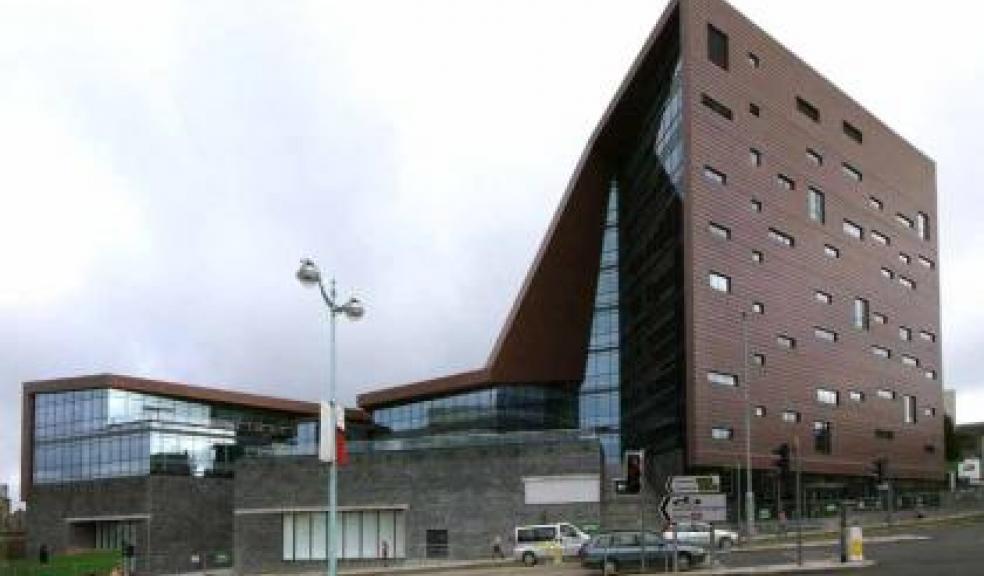
Ground-breaking research could challenge underlying principles of physics
An international team of physicists, including a Plymouth University academic, has published ground-breaking research on the decay of subatomic particles called kaons – which could change how scientists understand the formation of the universe.
Dr Nicolas Garron, a Research Fellow in the Centre of Mathematical Sciences, has helped to devise the first theoretical calculation of how the behaviour of kaons differs when matter – anything with mass, such as the world around us – is swapped out for antimatter – made out of similar particles with opposite charge.
The calculation of the kaon decays was conducted on supercomputers, which would have taken 200 million core processing hours on a laptop.
So why is the calculation important? The rate at which the kaons decay highlights that, despite being virtually identical, there is an asymmetry between matter and antimatter. This is key to physicists’ understanding of the universe, as it’s currently accepted that the universe was created with equal parts of matter and antimatter, and, in order for matter to have overhauled its negative counterpart, the two sets of particles must have behaved differently – however slight that difference was.
Nobel prize-winning work dating back to 1964 first showed that matter and antimatter are asymmetrical, a concept known as indirect CP violation. This was built upon to a more accurate degree in 2000, to uncover direct CP violation – a tiny effect which only affects a few particle decays in a million. Now the research published today has narrowed the calculation even further, making it the first theoretical – rather than experimental – prediction of its kind.
At present, the experimental results are consistent with the theoretical calculation. But, with the road now paved for the calculation’s accuracy to be pinpointed even further, it is expected that the experimental results may not conform to the theoretical prediction – which would mean that a new mechanism must be responsible for the preponderance of matter of which we are made.
Dr Garron said: “Physicists have been waiting for more than 40 years for this kind of breakthrough. It sounds strange, but we’re looking for this theoretical computation not to match the experimental results, as that will mean there’s more to the behaviour of these particles than we have ever understood.
“The calculation is ongoing with an accuracy that is increasing rapidly, leaving the possibility that evidence of new phenomena, not described by our theory, may yet be uncovered.”
The supercomputers on which the research was conducted are housed at various institutions in the UK and in the USA. Last month, Plymouth University agreed to a major upgrade of the computing facilities, improving the present computing power by approximatively a factor of 10.
Dr Garron continued: “High performance computing is now essential in research, even for the most fundamental sciences. We are very fortunate to have one such supercomputer here at Plymouth University.
“We are also part of a consortium of research groups and share our resources with Cambridge, Edinburgh, Glasgow, Liverpool, Oxford, Southampton, and Swansea universities. This is a national programme called DiRAC, which supports particle physics, astronomy and cosmology, and has received £15 million since 2011. This research on matter-antimatter asymmetry, which seriously challenges our current understanding of particle physics, would not have been possible without supercomputing facilities.”
Dr Nicolas Garron is a Research Fellow in the Centre of Mathematical Sciences hosted by the School of Computing, Electronics and Mathematics at Plymouth University.
The research paper, entitled Standard Model Prediction for Direct CP Violation in K → π π Decay, is now available to view in the journal Physical Review Letters.













